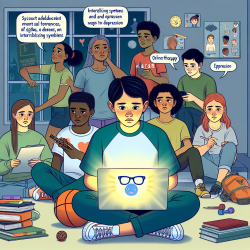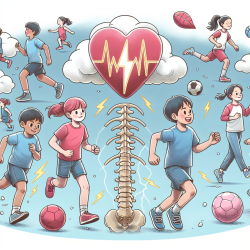Understanding Pediatric Low-Grade Gliomas: A Data-Driven Approach
Pediatric low-grade gliomas (PLGGs) represent the most common type of brain tumors in children, characterized by unique molecular and genetic features distinct from adult gliomas. Recent advances in research have shed light on these differences, offering new insights into tailored therapeutic strategies. This blog aims to translate these findings into actionable insights for practitioners, especially those involved in speech-language pathology and online therapy services like TinyEYE.
The Molecular Landscape
PLGGs are primarily categorized as WHO Grade I and II tumors, often involving genetic alterations in the BRAF gene and the MAPK signaling pathway. These molecular distinctions are crucial as they inform the development of targeted therapies, which have shown promise in improving outcomes for children with these tumors.
Implications for Practitioners
Understanding the genetic and molecular underpinnings of PLGGs can significantly enhance the therapeutic approach. Here’s how practitioners can leverage this knowledge:
- Targeted Therapy Integration: Incorporate molecular profiling into the diagnostic process to identify potential candidates for targeted therapies, such as BRAF inhibitors.
- Enhanced Monitoring: Utilize advanced neuroimaging techniques to monitor tumor progression and response to treatment, allowing for timely interventions.
- Collaborative Care: Engage in multidisciplinary teams to ensure comprehensive care, addressing both the neurological and developmental needs of the child.
Encouraging Further Research
While significant progress has been made, ongoing research is essential to fully understand and treat PLGGs. Practitioners are encouraged to stay informed about emerging studies and clinical trials. Participating in research initiatives can provide valuable insights and contribute to the collective understanding of these complex conditions.
Conclusion
Incorporating the latest research findings into practice can transform outcomes for children with PLGGs. By focusing on molecular-directed therapies and collaborative care, practitioners can offer more personalized and effective treatment plans. For those interested in delving deeper into the research, the original paper, Pediatric Low-Grade Gliomas, provides a comprehensive review of current classifications, therapies, and emerging treatment options.










